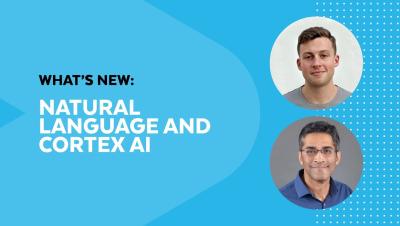What's New: Conversational Applications And NLP With Cortex AI
Get a comprehensive overview of all the new features and services in Cortex AI that enable data and engineering teams to operationalize natural language processing pipelines and chat with your data applications.This BUILD 2024 session, led by the Cortex AI Product Managers, covers the latest LLMs, search, and text-to-SQL enhancements.











